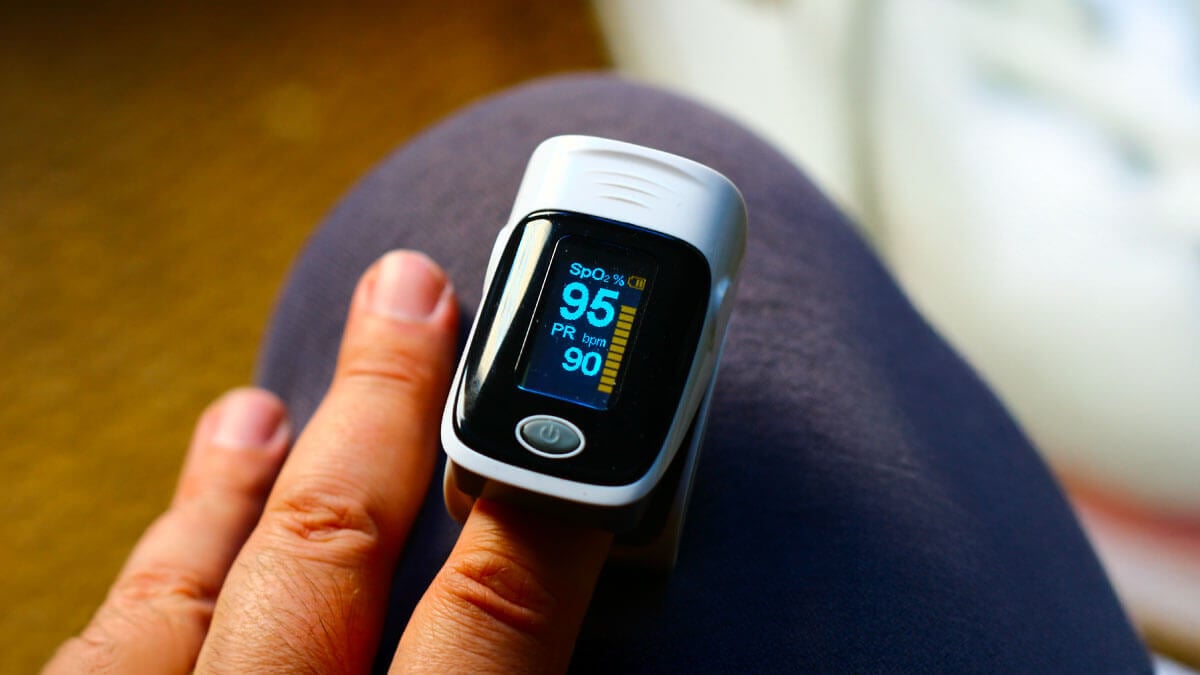
You’ve finally received your 510(k) clearance and feel ready to start commercialization in the US market. But how do you go about importing medical devices into the US?
Importation is the final hurdle in an often year-long process to obtain regulatory clearance/approval in the US market. Without being able to import your medical devices, all the hard work that came before becomes irrelevant.
In this post, we will review the regulatory framework around importing medical devices into the US, the process to successful importation, tips, and tricks for the most common challenges associated with importation, and the exact documentation you’ll need.
Let’s get started!

Source: FDA report
Understanding regulatory requirements to importing medical devices into the US
Like all other processes involving medical devices, importation is highly regulated. The FDA requires many aspects fulfilled for successful entry into the US, among them classification, pre-market notification or approval, and establishment registration and device listing.
In the United States, medical devices are managed by the Food and Drug Administration (FDA) into three categories based on the risk they pose to patients and the level of control necessary to ensure their safety and effectiveness.
- Class I devices, such as adhesive bandages and tongue depressors, are considered low-risk and are subject to general controls, including proper labeling and adherence to good manufacturing practices.
- Class II devices, which include products like blood pressure monitors and infusion pumps, present moderate risk and must comply with both general controls and special controls, such as performance standards and post-market surveillance. Most Class II devices, and some Class I devices, require premarket notification through the 510(k) process to demonstrate substantial equivalence to a legally marketed device.
- Class III devices, such as implantable pacemakers and heart valves, are high-risk and undergo the most stringent regulatory scrutiny. These devices require premarket approval (PMA), which involves a thorough review of clinical data to ensure their safety and effectiveness before they can be marketed. This classification system ensures that regulatory controls are appropriately matched to the risk level of the device, safeguarding public health.
Establishment Registration and Device Listing
Domestic and foreign manufacturers, initial importers, and other businesses involved in producing and distributing medical devices intended for sale in the U.S. must register their establishments with the FDA to ensure that they have accurate information about all parties involved in the production and distribution of medical devices. Establishments must use the FDA’s Unified Registration and Listing System (FURLS) to complete their registration electronically. Once registered, establishments must list all medical devices they manufacture, prepare, propagate, compound, assemble, or process for commercial distribution in the US.
Recommended learning: Check out our complete guide to get the best tips for solid design controls for medical devices!
Steps to import medical devices into the US
1. Determine device classification
- Identify whether the device falls into Class I, II, or III based on risk level.
- Understand the requirements for each class
2. Establishment registration and device listing
- Both the importer and the foreign manufacturer must register their establishments with the FDA.
- Ensure that each device intended for import is listed with the FDA.
3. Premarket requirements
- For most Class II devices, submit a premarket notification (510(k)) to demonstrate substantial equivalence to a legally marketed device.
- For Class III devices, submit a PMA application to prove safety and effectiveness through clinical data.
4. Appoint a U.S. Agent
- Foreign manufacturers must appoint a U.S. agent to facilitate communication with the FDA.
5. Comply with Quality System Regulation (QSR)
- Ensure compliance with the FDA’s Quality System Regulation, including good manufacturing practices.
6. Labeling compliance
- Ensure that the device labeling complies with FDA regulations, providing necessary information for safe and effective use.
7. Prepare import documentation
- Prepare all necessary documentation, including FDA registration numbers, device listing details, and 510(k) or PMA numbers if applicable.
8. Customs entry process
- Submit entry documentation to U.S. Customs and Border Protection (CBP) for clearance.
- Be prepared to provide additional information or documentation if requested by CBP or FDA.
9. FDA and CBP inspection
- Upon arrival, shipments may be inspected by FDA and CBP to verify compliance with all regulatory requirements.
- If there are issues, shipments may be detained until compliance is verified.
10. Adverse event reporting and post-market surveillance
- Comply with Medical Device Reporting (MDR) regulations by reporting any adverse events or device malfunctions to the FDA.
- Implement post-market surveillance to monitor the device’s performance and safety once it is on the market.

Source: Compliance online
Essential documentation to consider for importing medical devices
Importing medical devices into the United States requires thorough documentation to ensure compliance with the Food and Drug Administration (FDA) and Customs and Border Protection (CBP) regulations.
The essential documentation includes the following:
- FDA registration and device listing
- Premarket submission documentation, such as (510(k), PMA, or De Novo classification request number
- Quality system documentation
- Labeling and packaging information, including Unique Device Identifier (UDI)
- Import documentation
- Commercial invoice: a detailed invoice from the supplier including the description, quantity, unit price, and total value of the goods.
- Packing list: an itemized list of the contents of the shipment.
- Bill of lading/air waybill: shipping document issued by the carrier detailing the shipment's journey and receipt.
- Customs entry documents
- Entry summary (Form 7501): This form is used by CBP to document import transactions.
- Customs bond: Financial guarantee that import duties and taxes will be paid.
- Importer's entry declaration: Statement confirming the nature of the goods and compliance with regulations.
- U.S. Agent Letter of Appointment
- Adverse event Reporting documentation
- Certificates and approvals
- Certificate of Conformity: Declaration that the device complies with all relevant U.S. standards and regulations.
- Country of origin certificate: Document specifying where the device was manufactured.
- Other relevant documents
- Import license (if applicable): Some devices may require specific import licenses.
- Technical documentation: Supporting information about the device’s design, functionality, and performance.
Scilife tips: overcoming common medical device import challenges
Some of the common challenges for importing medical devices include supply chain management, regulatory and documentation compliance, and customs clearance. Below you’ll find out tips and solutions for ensuring your importation goes smoothly.
Supply chain management
Challenge: Managing the logistics and ensuring the integrity of the supply chain.
Solution: Use a reputable logistics provider with experience in handling medical devices. Implement supply chain risk management practices and monitor the shipment's conditions throughout transit.
Documentation and paperwork
Challenge: Managing and submitting the extensive documentation required by the FDA and CBP.
Solution: Implement a robust documentation management system to keep track of all required documents. Regularly update records and ensure all submissions are accurate and complete. Using a checklist can help ensure that no document is overlooked.
Customs clearance
Challenge: Navigating the customs clearance process, which can result in delays if documentation is incomplete or inaccurate.
Solution: Work closely with a customs broker who is experienced in medical device imports. Ensure that all customs documentation is complete and accurate. Pre-clear shipments with CBP if possible.
Conclusion
Importing medical devices into the United States is a critical process that ensures the availability of innovative healthcare solutions while maintaining rigorous safety standards. Ensuring the safety and efficacy of medical devices is paramount, making the regulatory framework stringent. Importers must register with the FDA, list their devices, and adhere to the Quality System Regulation (QSR) to ensure consistent quality and safety. Foreign manufacturers are also required to appoint a U.S. agent to facilitate communication with the FDA. Failure to comply with the requirements can result in delays in market entry, detention of shipments by Customs and Border Protection (CBP), enforcement actions, or even legal consequences. Therefore, importers must prioritize thorough understanding and adherence to FDA regulations to successfully import medical devices into the U.S.
Want to import your medical device with ease to the U.S.? Scilife’s Smart QMS can help you stay compliant during your transition!






